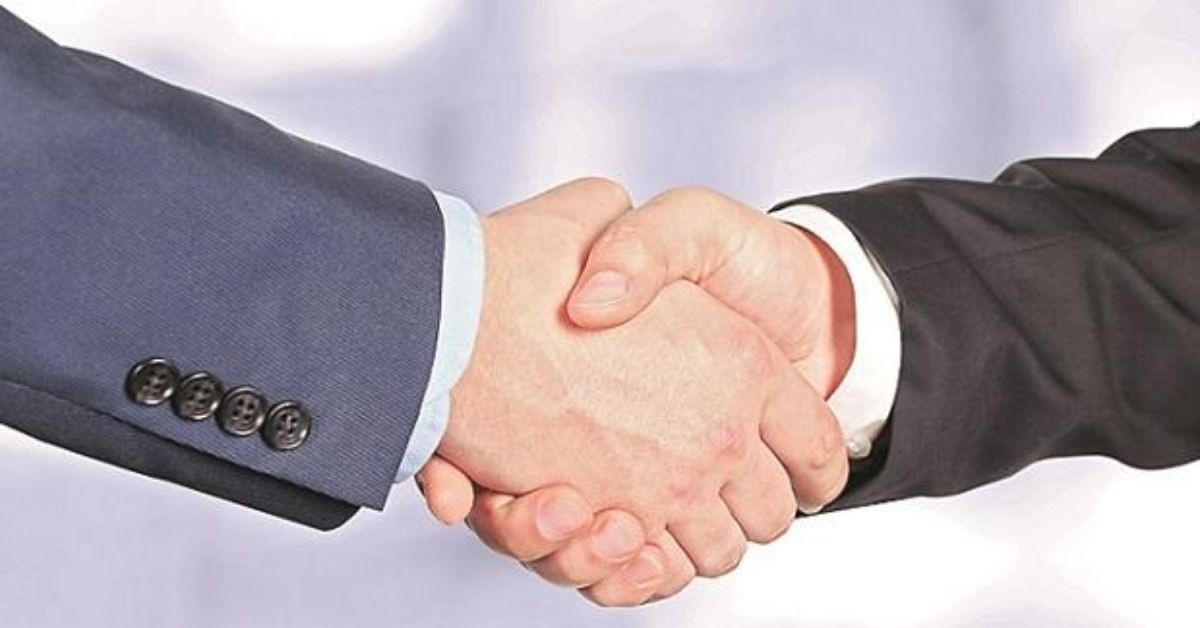Source: Bloomberg
The two sides have reached consensus on a majority of the issues in the comprehensive economic partnership agreement and the talks are likely to conclude soon, the people said, asking not to be identified because the discussions are private. A deal could be finalized as early as March, one of the people said.
Although a small economy, Oman is crucial to India given its location in the region. Oman sits alongside the Strait of Hormuz, an important oil transit chokepoint through which most of Asia’s crude oil moves. Oman also has the fifth-largest population of Indians working overseas.
New Delhi wants lower tariffs on exports to Oman ranging from rice and pharmaceuticals to petroleum and steel products, the people said. It’s also negotiating with Oman to ease access for Indian professionals such as doctors, nurses, engineers and other workers.
Oman wants better access for goods such as downstream petroleum products, fertilizer and iron and steel products among others, the people said.
The two sides started talks on the trade pact just three months ago, and their haste in completing the deal shows Prime Minister Narendra Modi’s determination in building stronger links with the Middle East. India has already signed a free trade agreement with the United Arab Emirates and is in talks with the Gulf Cooperation Countries on a trade deal.
Oman is India’s third-largest trade partner among the GCC nations. Two-way trade stood at $12.38 billion in 2022-23, according to India’s trade ministry.
Sultan Haitham bin Tarik became the first Omani ruler to visit India in over two decades in December. After the trip, Oman allotted New Delhi an exclusive zone at the strategically-located Dqum port for its commercial cargo and to dock warships.
Modi’s government has expedited trade talks with several major trading partners recently, including the UK, European Union and the European Free Trade Association, which comprises Switzerland, Norway, Iceland and Liechtenstein.







